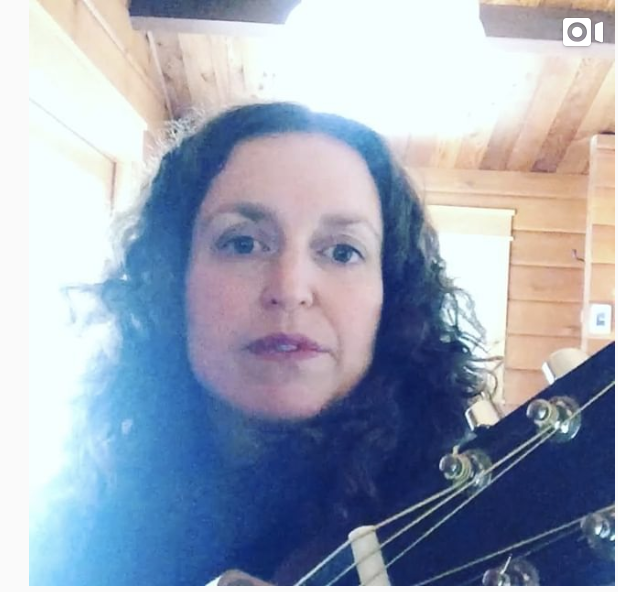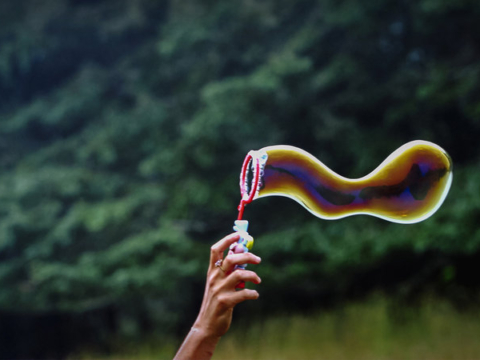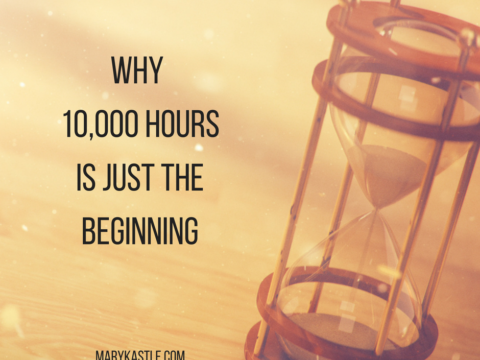I discovered recently that we actually have three brains; our head, our heart, and our belly. As a musician, this realization has completely changed the way I write and hear music.
We have pithy sayings about trusting our guts and our hearts. We often use our feelings as a barometer for whether art is “great”. But I know myself, as a “schooled” musician, it’s gotten harder and harder to get out of my head when listening to music over the years.
Thankfully, science is validating what we’ve always known instinctually. On top of the research, various somatic therapies give us tools to practice tuning back into our dulled abilities to feel and “think” with these parts of our bodies.
The belly brain and heart brain
It turns out that our “belly brain” (also known as the ENS or enteric nervous system) is “a rich and complicated network of neurons and neurochemicals that sense and control events in other parts of the body, including the brain.” The most important discovery is that there is more information traveling from the gut to the head than vice versa. It’s designed to be a barometer of our emotional states, and known as the “hara” or the seat of higher wisdom in Japanese culture.
Then of course there’s the “heart-brain”, or “intrinsic cardiac nervous system. An intricate network of complex ganglia, neurotransmitters, proteins and support cells, the same as those of the brain in the head. The heart-brain’s neural circuitry enables it to act independently of the cranial brain to learn, remember, make decisions and even feel and sense.”
What is Somatics?
So we CAN trust our guts and hearts, maybe even more than our heads! Therapist are applying this information too. Somatic therapy is essentially the art of feeling things in the body again. Which is ironic because we wouldn’t need such a therapy if we didn’t spend so much time in our damn heads!
In its most basic form, practicing somatics, all you need to do is focus your attention on a part of your body, like your heart or your belly. Sit with it for a minute and see what your feel there. Does it feel like a tight mass? Constrained? Relaxed? Do you feel butterflies? Knots? Heavy? Warm? Cool?
Museums for fun
I got a taste of real world Somatics when I first went to an art museum with my husband. I never liked going to galleries much as I always thought I should linger over every piece, trying to make sense of every detail. I’d come out 4 hours later exhausted and ready for a nap. My husband however whipped through the museum in less than an hour, moving from piece to piece, only stopping to linger if something immediately resonated with him. It felt incredibly liberating! Who knew I could make gut decisions, taking in what I liked and leaving the rest.
Our bodies are constantly giving us information and cues. Our job is to listen, trust, and respect them.
Maybe it’s because as a diligent music student, I always tried to grasp whatever style I was being taught, fully immersing myself and subverting my initial emotions toward it for the sake of my education.
Once I started practicing this, I was able to go back to the piano, play through songs I’d previously felt ambivalent towards, and have an immediate visceral reaction. I realized I was finally tuning in to my long lost intuition and using my gut instincts was a perfectly useful way to make decisions in this noisy world.
Bill Evans knows best.
Bill Evans always said (and I must paraphrase because I can’t find the actual quote) he would rather play for a non-musician than a professional because they could only rely on their feelings to tell them if they liked the music or not. They didn’t have the technical language to start analyzing things and breaking it all apart.
As a creator, it can be an even bigger challenge to know all the theory and learn how to shut it off. But who wants to live in analytical mode all the time? I guess tuning in to our hearts and guts is as much a practice as music itself.
We’ve all heard how much untapped power lies in the brain. Maybe the experts meant these other brains that we’ve forgotten about. Time to bring them back into our arsenal of tools for navigating the world!
Try it out for yourself!
The next time you take something in – art, music, media, literature, the morning news, a conversation with a friend, a phone call, a work email, take a minute to ask yourself: “How does this make me feel? Do I feel it in my heart? In my belly? What is this information trying to tell me?”




